The Swedish Approach to Prostitution: Could it work in the U.S.?
Since 1999, Sweden has taken a unique approach to prostitution. In Sweden, it’s a crime to pay for sex. Prostitutes (mostly women and children) are referred to government funded programs aimed at getting them out of prostitution while customers (mostly men) who are paying for sex are charged and prosecuted.
Would that approach work here in the United States? What if we made it a crime to buy sex, and focused our attention on stopping the demand? What if instead of charging prostituted women and children with soliciting, we copied Sweden: investing in support services to help them leave prostitution, and charging the person who is paying for sex?
Obviously, the US and Sweden are different countries. So what are our differences in approaching prostitution?
The 1999 law makes it clear that Sweden sees prostitution as a women’s issue, and as a form of violence against women and children. This is very different from our current view in the U.S.
While both countries recognize women’s rights, Sweden has often led the U.S. in terms of timing. Women in Sweden were given the right to vote in all municipal elections in 1909; in the United States, women gained the right to vote in 1920. Sweden outlawed rape in marriage in 1965; in the U.S., marital rape was finally outlawed in all fifty states in 1994, when Texas enacted a law. Sweden also has more women in government than the U.S. For several years, Sweden led the world with the highest female representation in government (close to 50%). And the female politicians were vocal supporters of Sweden’s legislation. To contrast Sweden and the U.S., at the end of 2009, Sweden had 46.4% women in government (second highest in the world); the U.S. had only 16.8% in the House of Reps; and 15.3% in the Senate.[i]
Perhaps the biggest difference between our two countries is our view of prostitution. Here in the United States, prostitution is not seen as violence against women or children; and we do not view or treat prostituted persons as victims, even when the prostituted person is a child well under the age of consent. As for the customers or “johns” who pay for sex, here in the US they remain largely faceless and outside the law.
Sweden is taking a fundamentally different view. By looking at the whole situation, Sweden sees a larger picture where the customer who is paying for sex is the criminal and the prostituted woman or child is the victim. Here in the U.S., we’re not seeing that bigger picture. Our focus is solely on the prostitute, whether woman, man or child. The nature of the exploitation isn’t named; and the person who is paying for sex (“customer”,“john”) remains largely outside our view.
There is no reason we couldn’t borrow from Sweden’s law and introduce legislation in the U.S. that shifts the crime from the prostituted child or woman to the person paying for sex. But to change our legislation, we need to change the hearts and minds of our legislators. Changing our view to the bigger picture is a good way to start.
[i] Source: Women in National Parliaments. Info compiled by the Inter Parliamentary Union, based on information provided by National Parliaments as of Dec. 31, 2009 available at http://www.ipu.org/wmn-e/classif.htm






